CuriosiD: Who Were the Natives in Detroit?
Laura Herberg April 30, 2017The French met an indigenous people with their own language. Some natives still live in the area today.
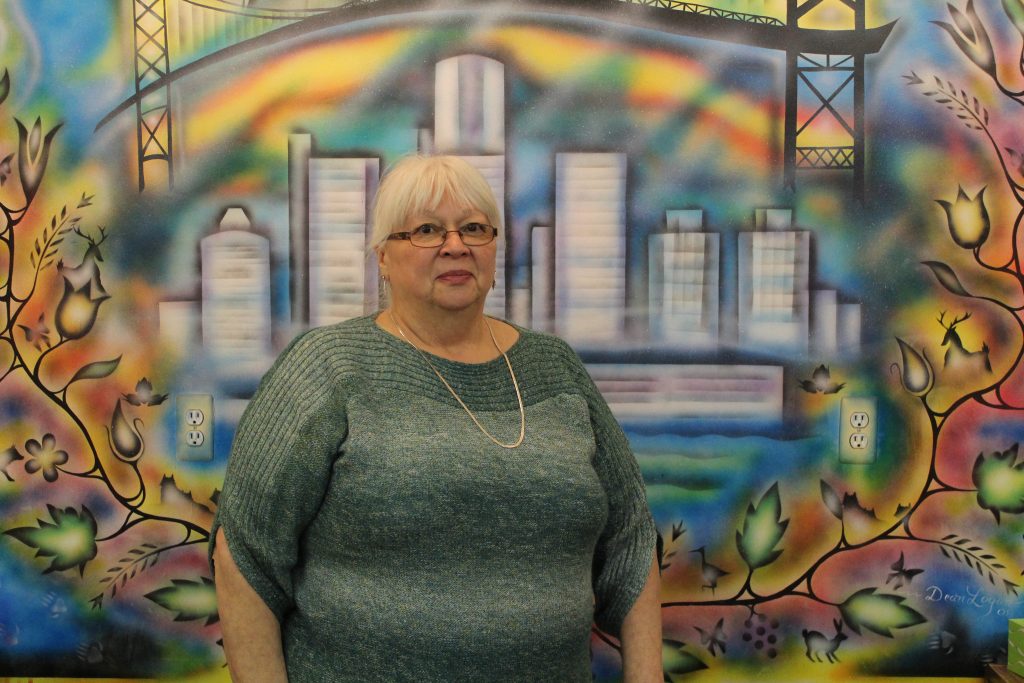
Listener Andrew McKinney submitted this question to CuriosiD:
“Who were the Native Americans* that lived in the Detroit region, and how did they interact with the Europeans who settled it?”
THE SHORT ANSWER
The Anishinaabe or “Three Fires” people lived around the Great Lakes before the Europeans arrived in the region during the 17th century. This Anishinaabe include the Ojibwe, Odawa and Botawatomi also known as the Chippewa, Ottawa and Potawatomi — spellings vary. The Anishinaabe as well as the Wyandot, Iroquois, Fox, Miami, and Sauk used Detroit’s river banks as a place to hunt and gather together.
Today, more than 30,000 American Indians reside in metro Detroit, according to the U.S. Census.
MORE THAN A MOUND
About a hundred yards from the Detroit River on the grounds of Fort Wayne in Southwest Detroit, there’s a mound.
“This mound is covered with dirt and grass now but it’s mostly composed of sand,” says Paul Szewczyk, an amateur historian who wrote about human-constructed piles of earth for his blog Detroit Urbanism. “It’s one of the oldest surviving signs of human activity in the Detroit area.”
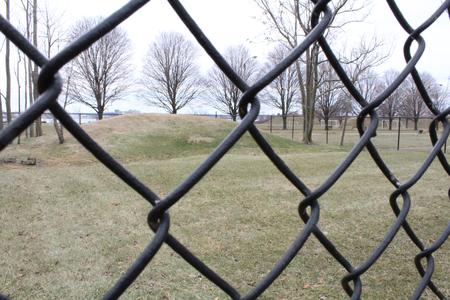
Pottery, tools and 1,000-year-old remains from 16 individuals were found inside this mound when it was excavated in the 1870s.
In the early 20th century, Szewczyk says, the site was a popular recreation spot for Detroiters.
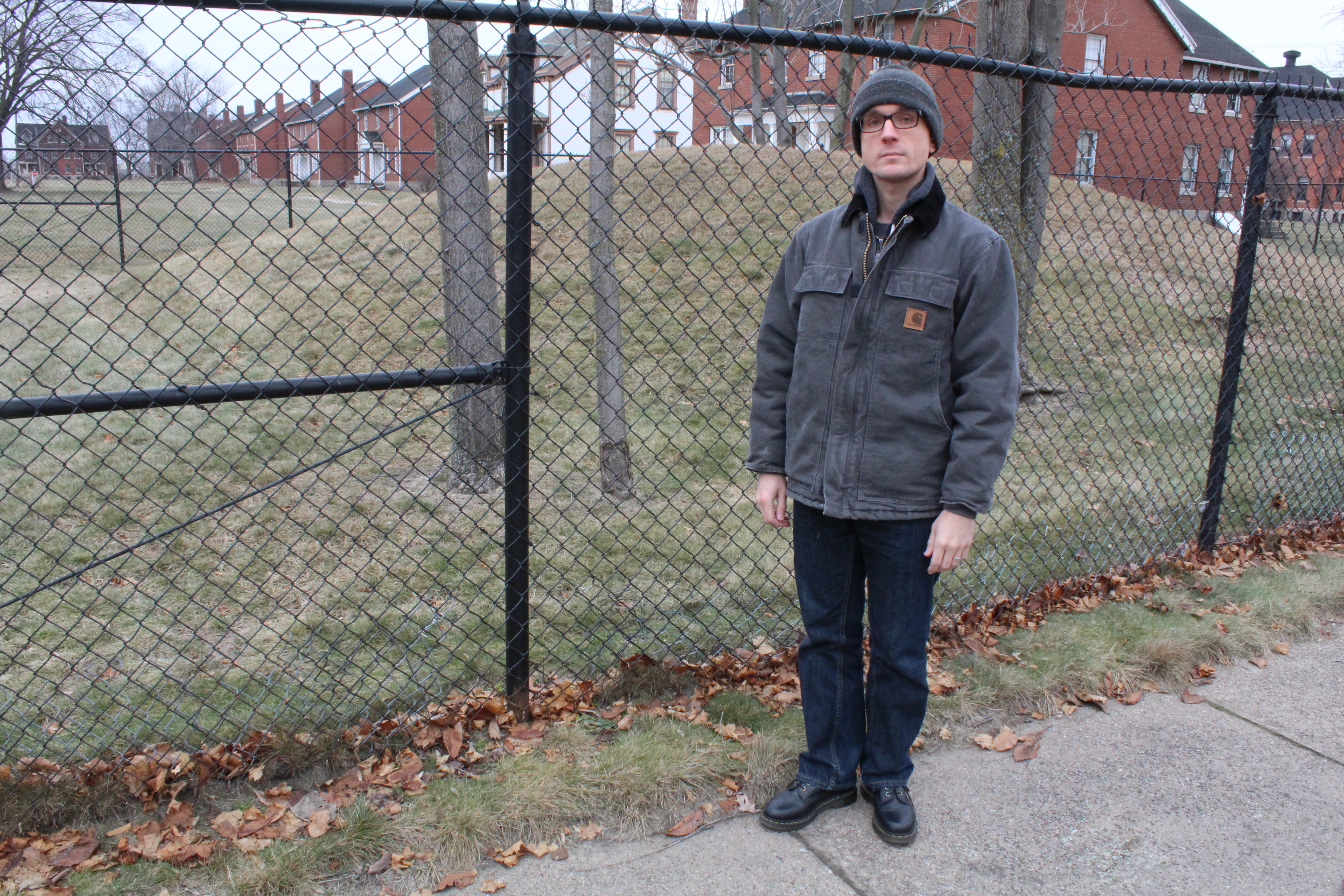
“People used to come to this area for weekend picnicking, and just bring a lunch, bring a blanket, and they would dig for artifacts,” he says. “Children would keep the skulls. They’d keep whatever they found as trinkets just for no respect that they were in a cemetery or for the people who once lived here.”
Today there’s a small sign, but to the unacquainted this historical monument might not look like much more than a fenced off, grassy hump next to the sidewalk. To Szewczyk, it’s still significant.
“It’s a reminder of the people who lived here for thousands of years before Anglo-Saxons colonized the continent.”
THE “THREE FIRES” PEOPLE
In the 1600s, the Great Lakes Region was inhabited mostly by the Anishinaabe people, three tribes united by culture and language, says Sue Franklin, executive director of Southeastern Michigan Indians, a social service organization in Center Line. She’s also a member of the Sault Ste. Marie Tribe of Chippewa Indians.
“We call ourselves the ‘Three Fires People’ which are the Ojibwe, Odawa and Botawatami. Most people hear them as Chippewa, Ottawa and Potawatomi,” she says. “What we lived off of here were the fish and the wild game and the berries. Wild rice grew on the water. … People lived in what they call a long house or wigwam. We didn’t have teepees here in Michigan. It wasn’t like a husband and wife or kids there would be a number of relatives that would live together.”
ENTER THE EUROPEANS
In the 17th century, the Anishinaabe, as well as tribes such as the Wyandot, Iroquois, Fox (Meskwaki), Miami and Sauk used Detroit’s river banks as a place to hunt and gather together. These natives didn’t see Europeans in the region until the fur trade brought French settlers in the late 1600s. Weapons, alcohol and tools were traded for the Indian’s beaver pelts, which were fashionable in Europe.
Lives were lost in battles between the natives and the Europeans in Michigan. But unlike in the crowded East Coast colonies, the French and the Indians lived a relatively cooperative coexistence in this vast and somewhat isolated area, says Michael Witgen, professor of history at the University of Michigan and a member of the Red Cliff Band of Lake Superior Ojibwe in Wisconsin.
“When Detroit is founded in 1701, when Detroit becomes part of Michigan and Michigan becomes a territory, omnipresent are Indian people. They are everywhere. They are in the majority,” he says.
Native displacement didn’t really begin here until the Treaty of 1836, Witgen says, when the Anishinaabe ceded nearly half of the Upper Peninsula plus the northwestern corner of the Lower Peninsula to the United States. One year later, this land was granted to Michigan when it became the 26th state.
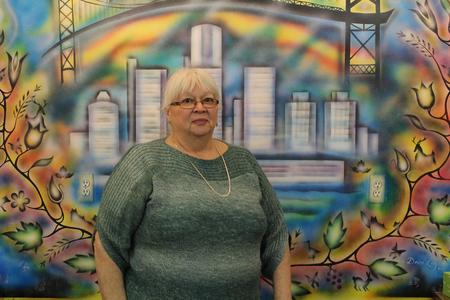
Anishinaabe signed treaties, Witgen says, because they felt pressure from the U.S. government or were in debt to traders.
Sue Franklin has this take: “In our spiritual lives, we believed that the creator spoke directly to us.”
The creator was called “Gitche Manitou” or the Great Spirit, and Franklin says the “white man” caught on to this.
“They began to tell Indians in a lot of communities that the Great Spirit spoke to them too and that they were to give up their land and give up their stuff to the new people that were here,” she says. “They used our own beliefs against us.
“I had an elder tell me one time that we were conquered by our own love. And I believe that.”
INDIANS ARE STILL HERE
Sometimes when Franklin talks with people about her heritage, people are surprised to find out that Indians like herself are still around.
“I have actually talked to some very rude adults who’ve said, ‘Are you sure you’re Indian? I can’t believe any more of them are here. I thought we killed you all,'” she says.
Once settlers began moving to Michigan, some natives relocated out West, some stuck to areas designated for Indians like Walpole Island in Canada, and some integrated, often after being forced to.
Today, Michigan has 12 federally-recognized tribes. Like most Detroiters, many of the Indians in the area have families who migrated here from across the country and Canada to work in the auto industry. The U.S. Census shows there are more than 30,000 people who identify as full or half Native American currently living in metro Detroit.
Hover over the chart to view numbers and percentages:
SOURCE: U.S. Census
*This article uses the terms “Natives Americans” and “Indians” interchangeably because WDET’s research shows both these terms are used by the indigenous community.
MEET THE LISTENER
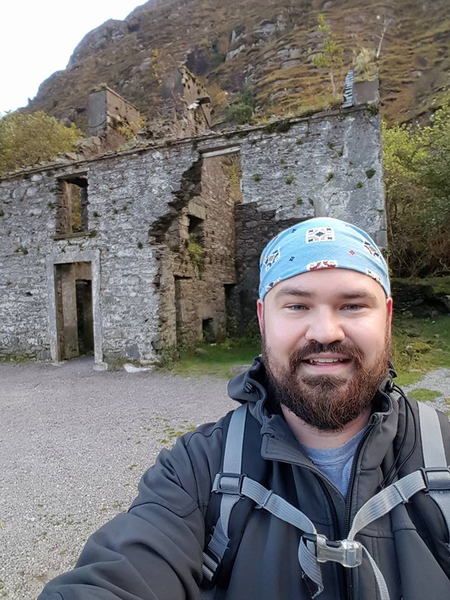
Hazel Park resident Andrew McKinney earned a degree in history at Oakland University, and now he’s studying to be an anthropological archaeologist at Wayne State University. He says his interest in the people of the past came from his grandpa who was a collector of old artifacts.
McKinney himself once participated in a “privy” dig where he and members of the Clarkston Historical Society dug underneath an old outhouse in Clarkston. McKinney explains that the holes people used as bathrooms often contain artifacts.
“Not only would they use it for using the bathroom, they would also use it as a dump,” he says. “If they had a broken piece of pottery, there was no trash pick-up back then, right? So what they would do is they would throw it down that hole. So if anything broke, or let’s say the husband was an alcoholic, he would drink out in the outhouse and then he’d throw the empty bottle down in that hole.”
By the time McKinney’s team got to the hole, the century-old human waste had long decomposed, but researchers found combs, children’s toys, broken pottery and the lead of an old pencil.
As for his CuriosiD question, McKinney says he asked it because sometimes he thinks it’s brushed over that there were Natives Americans in metro Detroit.
“There were people here that were living and they had children, they had grandmothers,” McKinney says. Even though they had a different way of living than the Europeans he says these natives were “just like the rest of us.”
